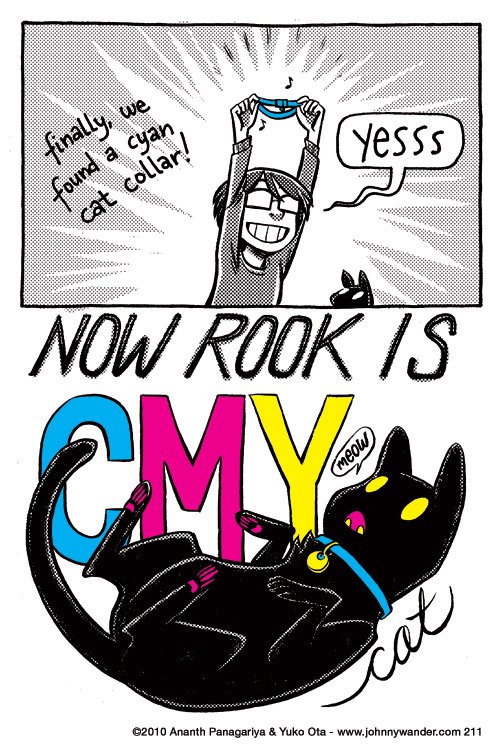After yesterday’s post, I figured we could use something about insects that’s not all doom and gloom. These tier lists are very much made from a gamer’s perspective (in case that wasn’t obvious), so assignments of value tend to be based on things that translate well to games, so I wouldn’t call this “education”, precisely, but it’s a fun look at an assortment of insect “play styles”.

